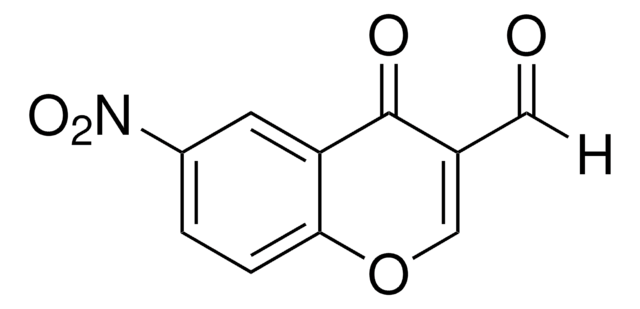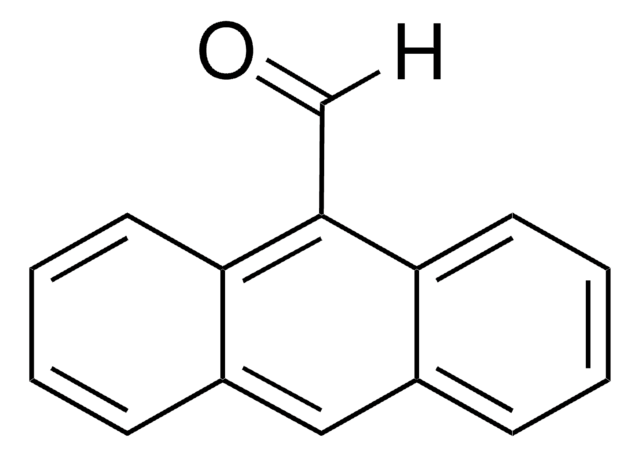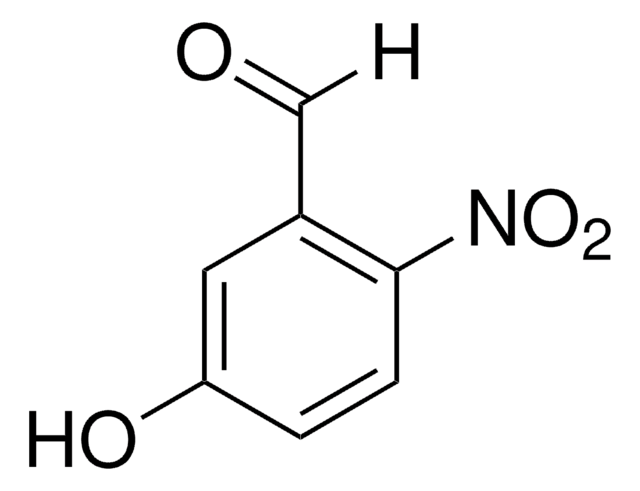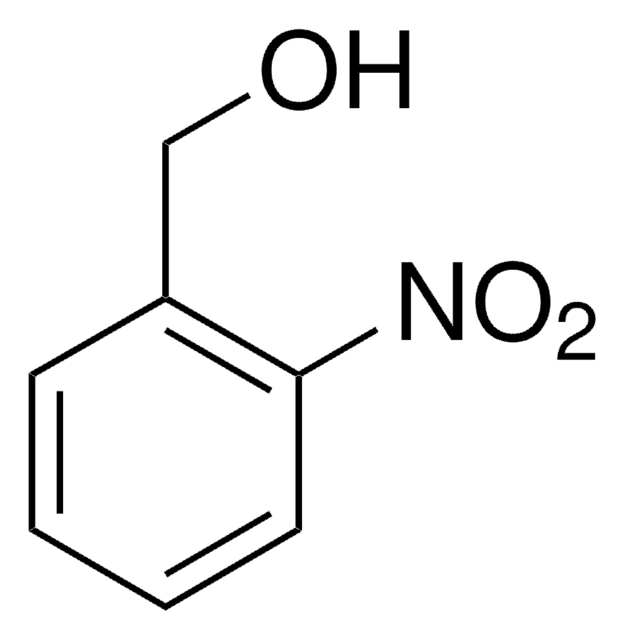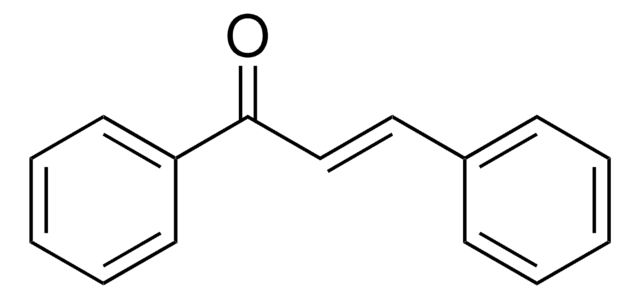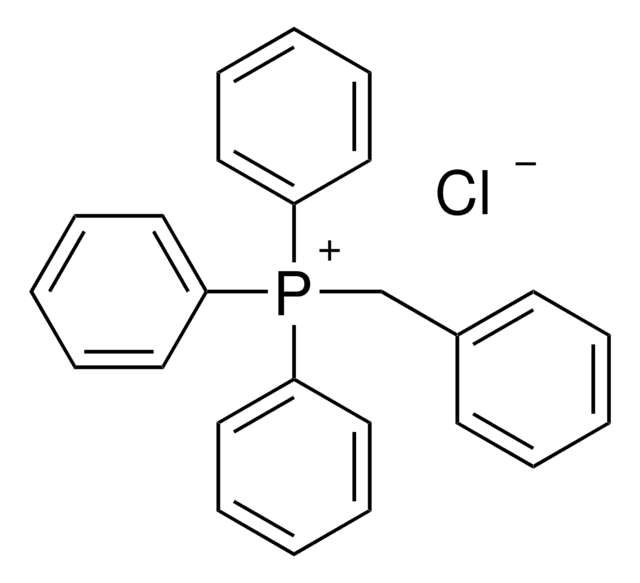423564
4-Bromomethyl-3-nitrobenzoic acid
97%
About This Item
Produits recommandés
Pureté
97%
Forme
solid
Pf
127-130 °C (lit.)
Solubilité
DMF: soluble(lit.)
dichloromethane: soluble(lit.)
Chaîne SMILES
OC(=O)c1ccc(CBr)c(c1)[N+]([O-])=O
InChI
1S/C8H6BrNO4/c9-4-6-2-1-5(8(11)12)3-7(6)10(13)14/h1-3H,4H2,(H,11,12)
Clé InChI
QMAHVAFURJBOFV-UHFFFAOYSA-N
Vous recherchez des produits similaires ? Visite Guide de comparaison des produits
Catégories apparentées
Description générale
Application
- As a reactant in the synthesis of 4-bromomethyl-3-nitrobenzoic acid succinimide ester (BNBA-SE).
- As a reactant in the synthesis of 4-(2-hydroxyethylmercaptylmethyl)-3-nitrobenzoic acid.
- As a reactant in the synthesis of decyl 4-(bromomethyl)-3-nitrobenzoate.
- As a reactant in the synthesis of 4-((2-(hydroxymethyl)phenylamino)methyl)-3-nitrobenzoic acid.
- As a thiol photo-deprotection reagent.
- As a UV-cleavable reagent to functionalize polyacrylamide acryl hydrate (PAAH).
- As a photocleavable linker to form localized photoinversion of surface charges inside the colloidal crystal.
- As a starting material in the synthesis of 2H-indazole based library using parallel solution-phase methods.
- As a reactant in the synthesis of (N-allyloxycarbonyl)-5-aminopent-1-yl 4-bromomethyl-3-nitrobenzoate.
Mention d'avertissement
Danger
Mentions de danger
Classification des risques
Skin Corr. 1B
Code de la classe de stockage
8A - Combustible corrosive hazardous materials
Classe de danger pour l'eau (WGK)
WGK 3
Point d'éclair (°F)
Not applicable
Point d'éclair (°C)
Not applicable
Équipement de protection individuelle
Eyeshields, Faceshields, Gloves, type P3 (EN 143) respirator cartridges
Certificats d'analyse (COA)
Recherchez un Certificats d'analyse (COA) en saisissant le numéro de lot du produit. Les numéros de lot figurent sur l'étiquette du produit après les mots "Lot" ou "Batch".
Déjà en possession de ce produit ?
Retrouvez la documentation relative aux produits que vous avez récemment achetés dans la Bibliothèque de documents.
Notre équipe de scientifiques dispose d'une expérience dans tous les secteurs de la recherche, notamment en sciences de la vie, science des matériaux, synthèse chimique, chromatographie, analyse et dans de nombreux autres domaines..
Contacter notre Service technique